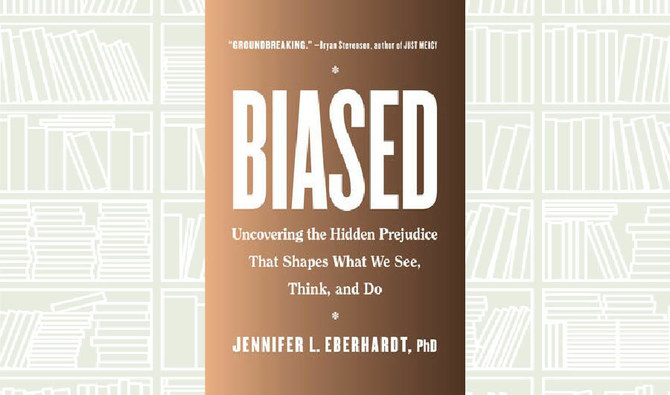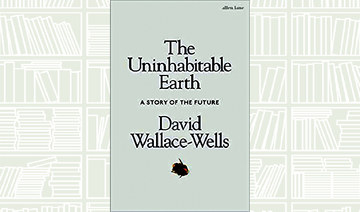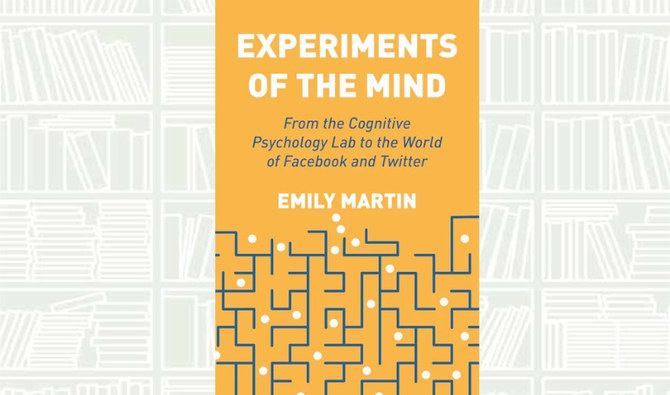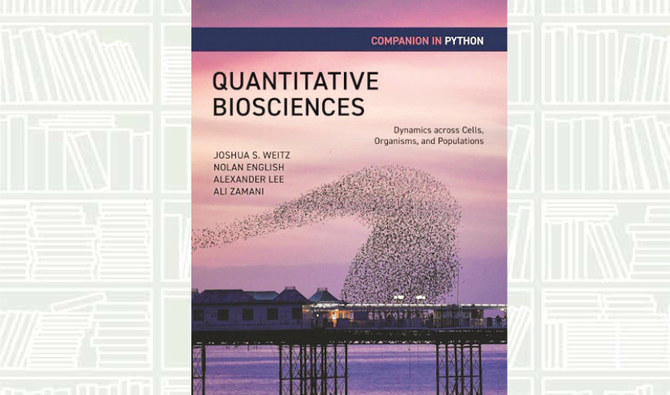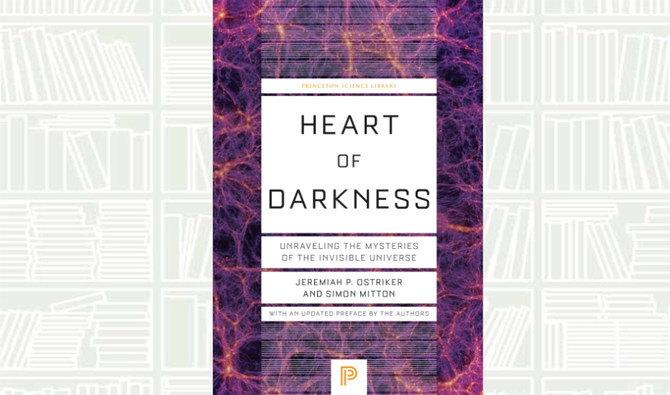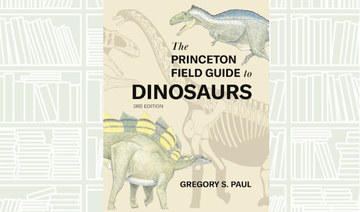Biased is a timely and important book. Jennifer L. Eberhardt, a psychologist, takes a complicated and difficult subject and explains both the science and historical/sociological background behind issues of racism and implicit bias in a way that a person with little technical knowledge of either psychology or sociology can readily understand.
Eberhardt gives striking examples from her research of how racial categories and stereotypes affect perception,” Neil Gross said in a review in The New York Times.
“In one study, she and her colleagues found that people’s brains were more active when they were looking at a face from someone of their own racial group. This, Eberhardt says, helps to explain why people sometimes do poorly at recognizing individuals from other groups — a finding that matters for criminal justice, where mistaken identification is common,” said the review.
“As Eberhardt describes it, the human brain is a categorization machine. Our cognitive systems continuously sort the elements of our perception into categories and subcategories so that we can function effectively in the world,” Gross said.



